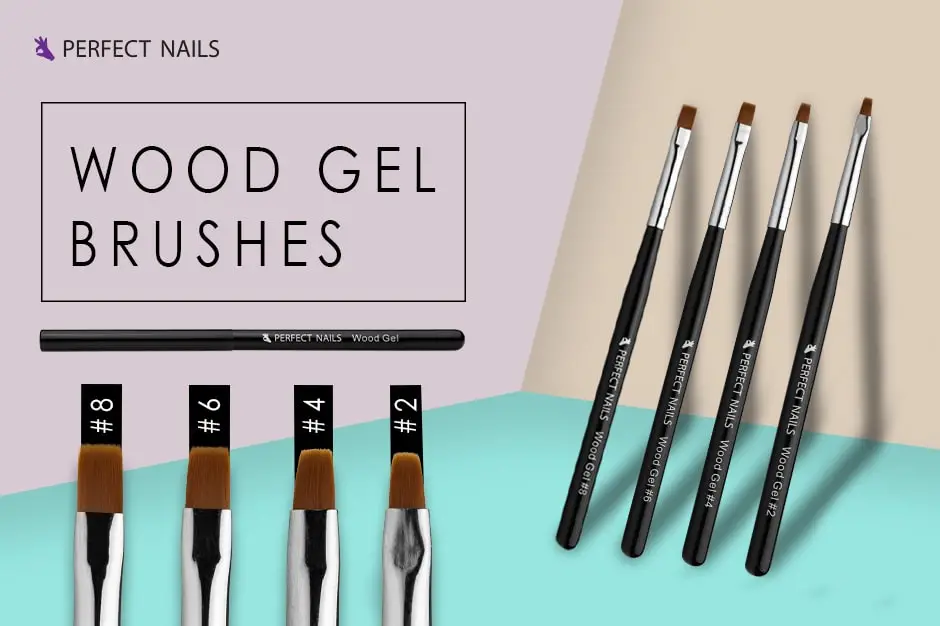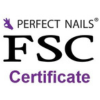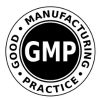
Big brush guide: When to use which one? – Part 1
In the whirlwind of brushes, it's helpful to have a guide on when to use which brush and, perhaps, what additional functions they can serve beyond the basics.
It's worth dividing brushes into two major families:
- Builder Brushes
- Nailart Brushes – details on these in the second part of this article.
BUILDER BRUSHES
Builder brushes can be classified in two ways: by the type of hair (synthetic or natural) and by shape (pointed, flat cut or rounded).
SYNTHETIC OR NATURAL HAIR?
Synthetic brushes are primarily used for gel, as they don't absorb additional liquids needed for spreading acrylic or acrylgel. However, gel easily slides off synthetic hair, and the gel between the bristles holds them together.
Natural brushes, on the other hand, can absorb and retain auxiliary liquids through a cavity in the middle of the hair. With pressure, they release these liquids. They are ideal for applying acrylic or polyacrylgel. Gel material can also be applied with natural brushes, but their bristles are more delicate. Care must be taken not to clean the brush thoroughly; leave some gel between the bristles and wipe only the exterior with a gentle paper towel or lint-free pad.
WHAT SHAPE SHOULD IT BE?
Pointed Brushes: Primarily used for acrylic (e.g., Diamond master #12) and acrylgel (e.g., Acryl #8), where the flattened base near the ferrule and the middle of the brush are used for distributing material and pressure. The pointed tip is used for intricate work in tight spaces, typically reaching into the sidewalls or precisely defining the smile line in the case of nail bed extension.
Flat Cut Brushes: Preferable when using builder gels (e.g., Gel Nail Brush - Diamond Professional Gel # 6 or Wood gel #4). The flat edge of the brush, when laid against the nail surface, helps in creating an even surface. Sharp corners can be used to define sidewalls or create the shape of the free edge.
Rounded Brushes: Favored by those who prefer the self-leveling, no-file technique. With a rounded brush (e.g., Gel laquer brush), softer materials can be gently guided. Shorter, denser, and stronger versions (e.g., Gel Grande or Piccolo) are liked by many for acrylgel application, as they quickly spread the material. However, achieving an even surface might be more challenging, and in such cases, switching to a classic, natural-haired pointed brush can be considered.
SIZE – WHY BIGGER IS BETTER?
For gel brushes, sizes typically range from #4 to #6, occasionally #8. The size often depends on the technician's preference – what size is more comfortable for them based on the amount of material they need to pick up (smaller brush, smaller amount; larger brush, larger amount) and the size of the area they are working on.
For acryl brushes, a larger size is not only about picking up bigger bead but also about influencing the pressing force. A larger, stronger brush can more efficiently and quickly spread acrylic and acrylgel. Even for students, using a larger brush enhances work efficiency due to its greater pressing force.
Author:
Évi Darabos






